From the 1950s to the present day, rings have evolved with the changing sense of style. Although current trends may have diverged from vintage and antique jewelry, its charm and unrivaled uniqueness remain timeless. Congratulations! You have found your special someone, and it’s time to take your relationship to the next level. Choosing the perfect ring will be an incredibly important decision. For this blog, we will contrast two popular options – diamond cluster rings and solitaire rings – that have been alluring choices for many occasions throughout time, so that you can make an informed decision.
Table of Contents
cluster Ring vs Solitaire Ring: Overview
Cluster Ring
Cluster rings boast a captivating design, featuring a delightful arrangement of gemstones clustered together. Often, a larger central gem takes the spotlight, surrounded by an array of smaller stones. The remarkable glint and shine of these gemstones, when viewed from afar, create an illusion of one grand diamond, adding to the allure of these elegant rings.
The origin of cluster rings traces back to the Edwardian period, where they first gained prominence. During this era, these rings showcased the brilliance of a colored stone, such as a resplendent sapphire or enchanting emerald, encircled by a cluster of exquisite small diamonds. The rings’ shapes varied, with some being round, others rectangular, or even oval, and all were adorned with slim bands, exuding a sense of delicacy and refinement.
While cluster rings experienced a resurgence in popularity during the 1960s, they continue to captivate the hearts of jewelry enthusiasts today. Their timeless beauty and enchanting design make them a sought-after choice, adorning fingers with elegance and sophistication.
Solitaire Setting
A solitaire setting is defined by a singular, dazzling diamond at its center with no side stones or pave adorning the ring. While commonly associated with diamond rings, this style can be integrated into necklaces, earrings, and other types of jewelry.
Buyers are drawn to the solitaire setting as it draws attention to the main diamond and gives prominence to its beauty. Consequently, it is critical to select a gem of exceptional quality that appears colorless and remains free from visible inclusions when viewed closely.
In a solitaire setting, any yellow mantling or visible flaws become more apparent than in a halo or pavé design – where additional stones may serve to camouflage them. The simplicity and elegance of this setting ensure that the center diamond captivates all who gaze upon it; hence, ensuring its superior quality should be of utmost importance.
Comparing Cluster Rings and Solitaire Rings
Price
If a larger diamond is beyond your budget, opt for a cluster ring instead; the arrangement of several smaller diamonds grouped together creates an equally dazzling display, while still providing a more affordable alternative to solitaire rings.
Understandably, one may be wary that a higher carat weight would not translate to an equal rise in price; however, this is not the case. With cluster rings, the Carat Total Weight (CTTW) is divided among multiple diamonds, allowing you to achieve the look of luxury without breaking the bank. This makes it an attractive choice for those who desire brilliance and luster without compromising on cost.
Read also: H Vs I Color Diamonds
Popularity
Solitaire engagement rings continue to be the most sought-after choice, and for good reason. This style of setting offers an exquisite display for the center diamond, allowing it to shine as the focal point. The single-diamond arrangement in solitaire settings commands attention to its remarkable sparkle and radiance when it catches the light.
Many opt for higher settings that feature a sizeable, clarity-rich diamond for maximum impact. Additionally, this design is also easy to pair with a wedding band, merging gracefully together into one cohesive aesthetic. Buyers who select this option can save on stones along the band and invest those funds towards upgrading the center diamond for a timeless stunner without any added accents.
Conversely, cluster settings are much less common as engagement rings since they often lack up-close appeal. Despite appearing like a single larger diamond from afar, at closer range it’s evident that the Carat Total Weight (CTTW) is spread amongst multiple stones of various sizes.
If you are interested in exploring cluster settings for your engagement ring, we recommend designs with one central diamond that stands out from the rest; not only does it give a unique character to the setting but also ensures that the center diamond remains foremost in beauty.
Settings
Cluster settings boast a wide range of design choices, adorned with accents such as pavé and channel-set diamonds surrounding the shank. In addition to the stones at the top, these additional embellishments along this ring’s band amplify its sparkle.
Conversely, solitaire settings lack any extra flourishes. If any diamonds adorn other than the central one, then it does not fit into the solitaire category. Incorporating a full circle of diamonds surrounding the principal gem forms a halo setting; this increases the luminescence of the center diamond while creating an enchanting effect.
Alternately, three-stone settings feature two smaller diamonds flanking each side of the primary gem and present a distinct design that symbolizes something meaningful.
The key differentiator between cluster and solitaire settings is that the former offers extensive style alternatives while the latter is more limited in scope. Modifications primarily concentrate on metal type for ring banding, attributes for single diamond selections, and means of affixation such as prongs, bezels or tension settings.
Versatility and customization
When it comes to versatility and customization options, solitaire rings take the lead. Solitaire rings offer a timeless and versatile design that can be paired with various wedding bands.
Additionally, solitaire rings allow for more customization, as you can choose the size, cut, and quality of the center diamond. Cluster rings, while still customizable to some extent, may have less flexibility in terms of diamond selection.
Choosing Between Cluster Rings and Solitaire Rings
Arriving at a decision between a cluster and a solitaire ring necessitates a comprehensive understanding of the contrasts between these two styles in terms of aesthetics and functionality. Both settings can fashion spectacular pieces of jewelry, so here are some suggestions to aid in your choice:
Prefer a cluster setting if: You yearn for higher Carat Total Weight (CTTW) at an economical price tag, since the spread-out diamonds contribute collectively to the weight. You find the configuration alluring, as the diamonds come together to form an eye-catching and unique shape. The illusion of one large diamond enthralls you more than multiple small diamonds do.
Opt for a solitaire setting if: Classic styling is your preference and you desire only one paramount diamond as the focus of attention. You are willing to allocate capital into investing in one single diamond, desiring to prioritize its quality brilliance over CTTWs formed by several smaller stones. You value practicality in everyday care, since solitaire setups are simpler to cleanse and less prone to trapping dirt than cluster designs. By judiciously selecting diamonds for either solitaire or cluster settings, you can assemble a bespoke piece that reflects your personal preferences.
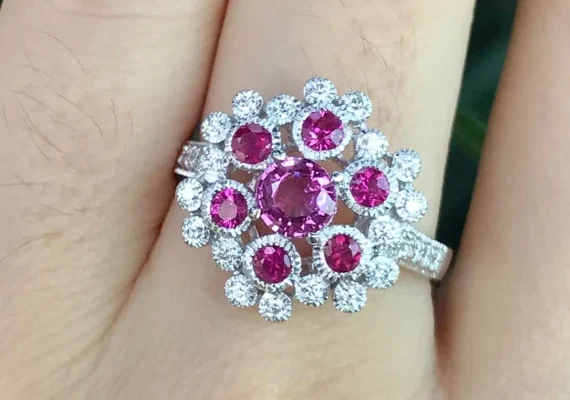
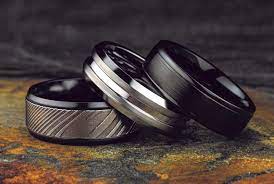
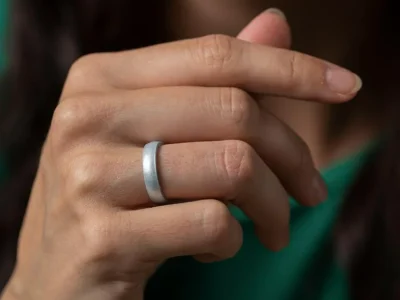
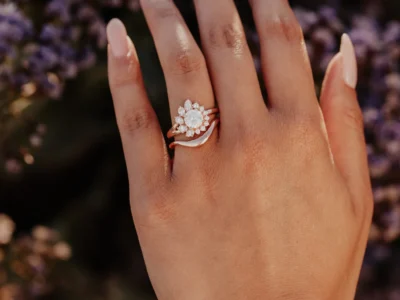
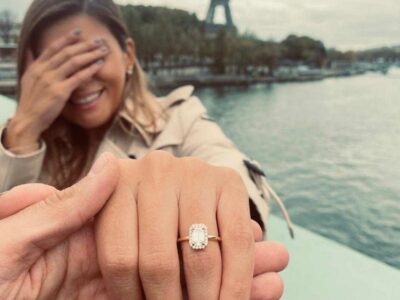


Comments